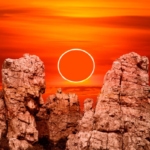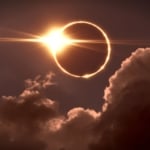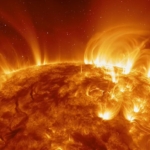Comets, Asteroids, and Meteors: What’s The Difference?
When studying astronomy and all the interesting things in space, some of the terms can get confusing. We explain some of the ones that are commonly confused.
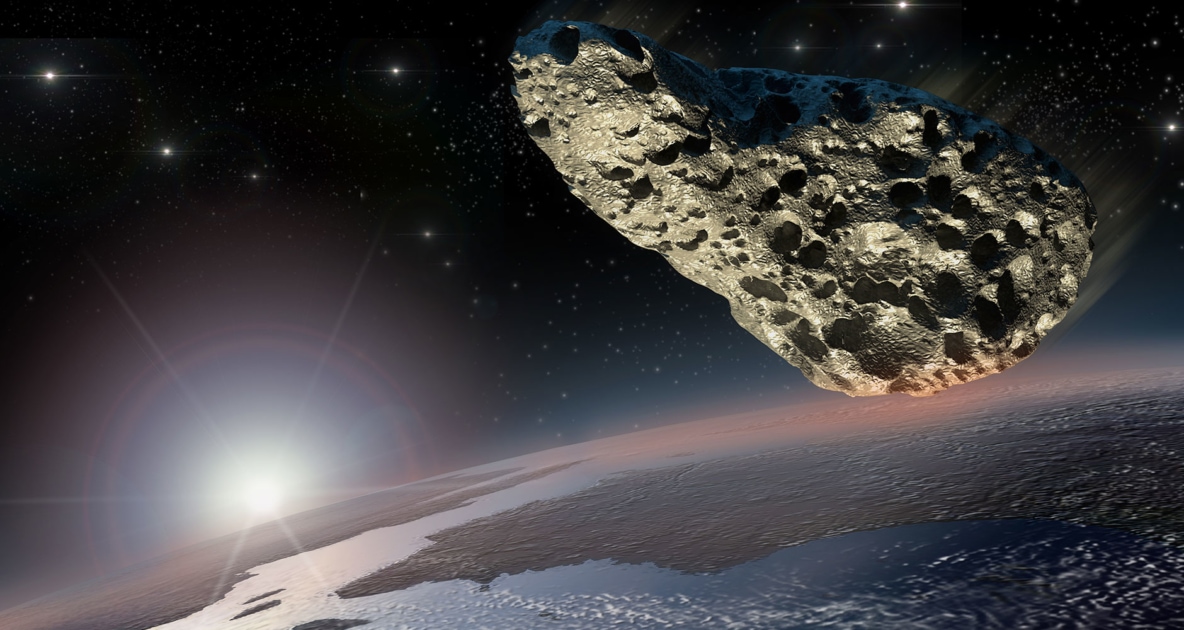
When Mickey Mantle joined the New York Yankees as a rookie in 1951, his nickname was “The Commerce Comet,” because he hailed from Commerce, Oklahoma, and could outrun just about anybody. But a comet might have been a poor metaphor to describe Mantle’s speed. Because if you ever saw a bright comet grace the night sky, your first impression would likely be: “But it’s not moving at all! It’s just . . . hanging there!
The comet is likely moving very fast—many tens, perhaps even hundreds of thousands of miles per hour. However, from our Earthly vantage point, the comet is also many millions of miles away from us, so its actual movement against the background stars appears exceedingly slow.
In many ways, a comet mimics the movement of the planets and even our Moon. The Moon circles the Earth at about 2,000 miles per hour. That’s pretty fast, but at about a quarter of a million miles away from our home planet, it’s barely detectable. Nobody ever suggests that the Moon can appear to whiz across the sky. Yet mention a comet and that’s exactly what people visualize.
Space Objects Defined
In fact, most people confuse comets with meteors. So what exactly are the definitions of the many objects in space?
What Is A Comet?

Comets are objects known to be composed of frozen gases that are heated as they approach the Sun and made to glow by the Sun’s light. As the gases warm and expand, the solar winds (streams of subatomic particles that flow out from the Sun) blow the expanding material out into the comet’s beautiful tail. To observers of antiquity, the tail resembled a train of long hair, so they called comets “Hairy Stars.” Professional astronomers with big telescopes can observe a dozen comets or more at almost anytime. But comets bright enough to excite those of us without big telescopes are rare, as few as one or two every 10 to 20 years.
What Are Asteroids?
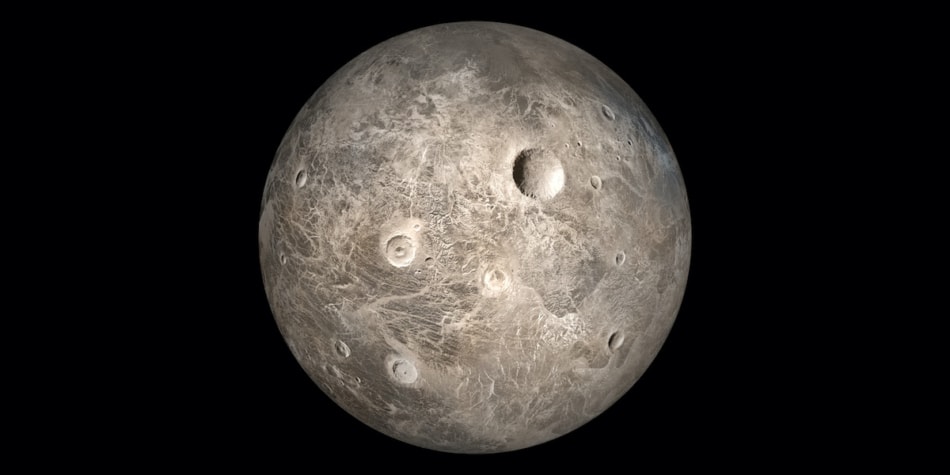
Asteroids are composed of metal, iron, or stone. Most of them (and they number in the hundreds of thousands) lie between the orbits of Mars and Jupiter. They might be the remnants of an exploded planet, or perhaps the material for a planet that failed to completely evolve.
Asteroids can be referred to as “king-sized meteoroids” and can range in size from a few feet across, to as large as an SUV or a house. But actually, these examples are relatively small. Other asteroids can be hundreds of feet across, or in the largest cases, a few hundred miles in diameter. The largest asteroid, now characterized as a “dwarf planet,” is Ceres, and is almost 600 miles in diameter with about one-third the volume of all other asteroids combined. Some asteroids that cross Earth’s orbit might do great damage if they ever collided with Earth.
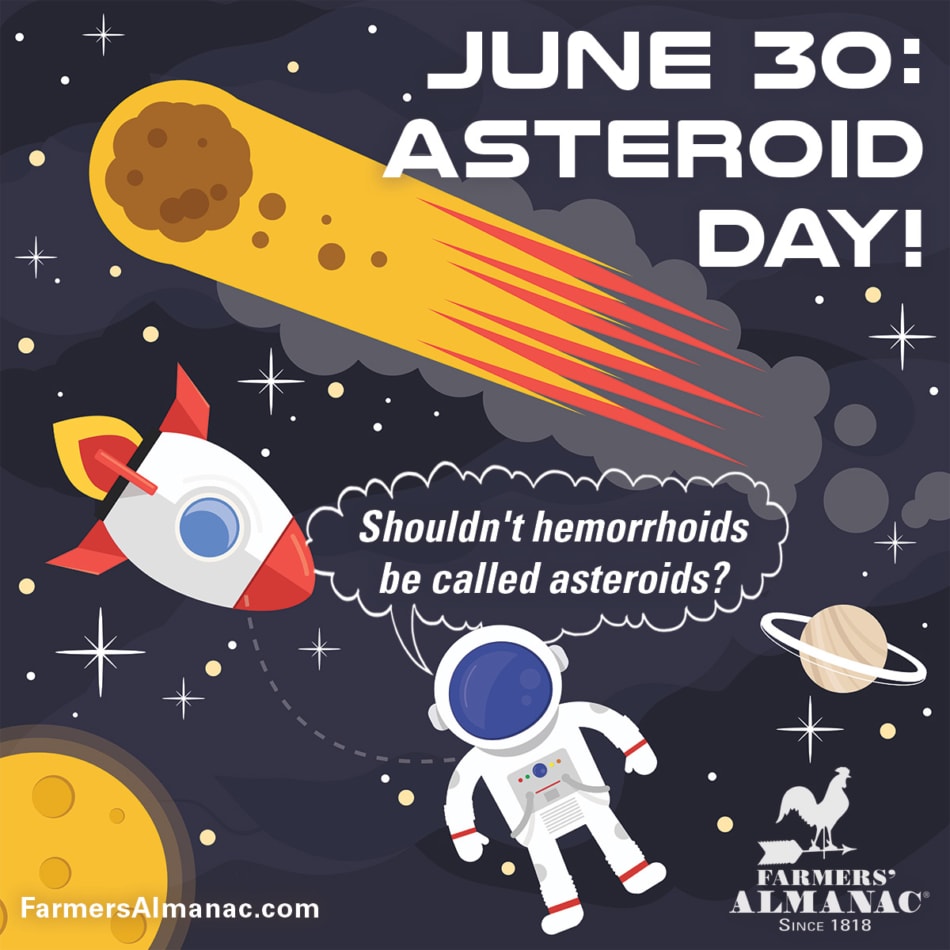
In 1962, the International Astronomical Union (IAU)—the same amalgamation of astronomers who demoted Pluto from planet status in 2006—recommended the use of three separate terms to help clear up confusion in discussing meteoric phenomena. All three of the following terms are derived from the Greek word meteora, meaning “things in the air.”
What’s A Meteoroid?

This term refers to particles of solid matter that exist in, and move through, space. A meteoroid can be of any size and any composition. Note that the definition includes the word “space.” A meteoroid is no longer a meteoroid once it leaves interplanetary space and enters the Earth’s atmosphere. Meteoroids streak through our atmosphere at speeds that range between 7 and 45 miles per second and first appear at an altitude of about 80 miles and disappear about a second later at about 40 miles.
What Are Meteors?

The more popular term for a meteor is “shooting star.” The particles in space, called meteoroids, may produce meteors, the second term recommended by the IAU. A meteoroid becomes a meteor when it enters the Earth’s atmosphere and causes a flash due to the air resistance that it encounters. Thus a meteor is not a particle of matter itself. It is merely the flash of light produced by the meteoroid as it is heated to incandescence by its passage through the Earth’s atmosphere. Many of the annual meteor showers that we watch are showers of particles that are often no larger than a grain of sand.
What Is A Meteorite?
A meteorite refers to the part of the meteoroid that survives its journey through the atmosphere (if it were big enough to begin with) and strikes the Earth. Meteoroids that are 8 inches in diameter generally survive their fiery plunge through the atmosphere and reach the Earth. Meteorites are thus the tangible fragments, ranging in size from nearly weightless dust particles to sizable tonnages, that “make it” through the Earth’s blanket of air and come to rest on the terrestrial (earthly) surface. Meteorites are the only specimens of material that originated extraterrestrially, or beyond our Earth. As such, they hold as much fascination for geologists and other students of the Earth as they do for astronomers.
So a meteor is the visible manifestation of a meteoroid. A meteor is nothing tangible that you can touch, or weigh, or hold in your hand. We often say, “Look at the wind!” But you don’t see the wind. Wind is air in motion. What you see are the effects produced by the wind: trees swaying, clouds of dust, flying leaves, etc. Similarly, you see a meteor rather than a meteoroid.

Joe Rao
Joe Rao is an esteemed astronomer who writes for Space.com, Sky & Telescope, and Natural History Magazine. Mr. Rao is a regular contributor to the Farmers' Almanac and serves as an associate lecturer for the Hayden Planetarium in New York City.



